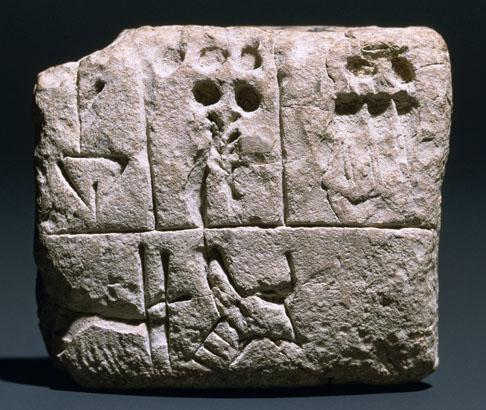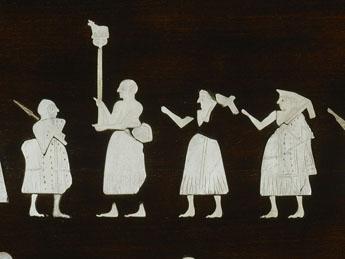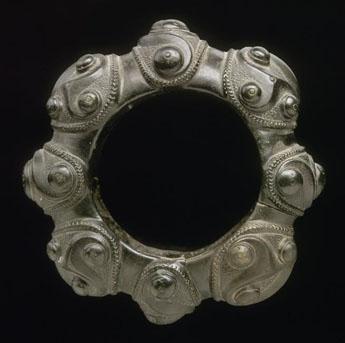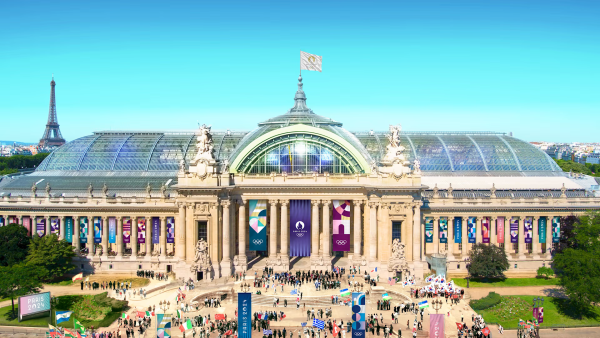Votre panier est vide
Besoin d'inspiration ?
Rendez-vous dans le programme en ligne du GrandPalais
Article -

L'Histoire commence avec l'écriture.

In around 3000 BC, with the invention of writing, Mesopotamia and Egypt were the first civilizations to leave Prehistory and enter History, thus marking the beginnings of Antiquity.
Community life was organized into city-states (towns). These were run by important people: war lords, priests and aristocrats. Art was a way of showing the power of this elite.
There was significant progress in metallurgy (the working of metal) in this period. This skill would enable human societies who mastered it to hold centre stage.
After copper and gold, humans succeeded in creating alloys (mixtures of metals), such as bronze (the Bronze Age period) and then to extract the ore from iron and forge it (the Iron Age period). Craftsmen produced numerous objects with these new materials: weapons, jewellery, crockery, sculptures and solid and more highly developed tools.
These innovations appeared in the Middle East and a little later in Europe and the Far East (China). In the 2nd millennium BC, under the Shang Dynasty, Chinese bronze-workers invented and used the lost-wax casting technique. They manufactured massive ritual vases, discovered by archaeologists in tombs.
In the 1st millennium BC, in Europe, the Celts were the champions of metallurgy. The decor of their object became sophisticated, constructed according to the mathematical rules of the Pythagorean School.


Votre panier est vide
Besoin d'inspiration ?
Rendez-vous dans le programme en ligne du GrandPalais
See content : 'Les métamorphoses du Grand Palais': a France 5 and france.tv documentary to watch again!

Article -
The Grand Palais is completing the biggest renovation project in its history. For the past two years, director Stefan Cornic has been tracking this metamorphosis with his camera, giving an overview of the multiple events that have taken place in the building since it was inaugurated in 1900. A documentary to watch again and again on France 5 and france.tv!
See content : From Paris 1900 to Paris 2024: the Grand Palais and its Nave, an architectural jewel restored right on time to meet sportsmen and women!

Article -
A regular venue for artistic and cultural events for over a century, the Grand Palais is reopening its majestic restored Nave for the Paris 2024 Olympic and Paralympic Games to become the place for fencing and taekwondo events! And don't forget: this is...
See content : Meanwhile, on the building site, the Grand Palais is back in full colour

Article -
A monument of stone, glass and metal, the Grand Palais blends into the urban landscape. However, on closer inspection, it is in fact bursting with colour, and one of the challenges of the restoration work currently underway is to restore all its chromatic...